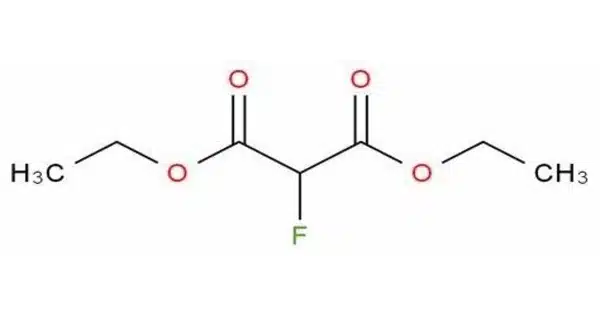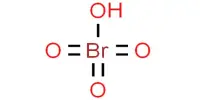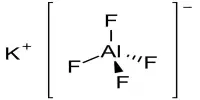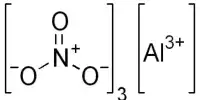Peroxymonosulfuric acid, H2SO5, is also known as persulfuric acid, peroxysulfuric acid, or Caro’s acid. The S(VI) center in this acid assumes its characteristic tetrahedral geometry; the connection is shown by the formula HO-O-S(O)2-OH. It is one of the most powerful oxidants known (E0 = +2.51 V) and highly explosive. H2SO5 is commonly mistaken for H2S2O8, also known as peroxydisulfuric acid. The structure of disulfuric acid, which appears to be more extensively employed as alkali metal salts, is HO-S(O)2-O-O-S(O)2-OH.
H2SO5 was discovered in 1898 by the German chemist Heinrich Caro, for whom it is named.
Properties
Peroxymonosulfuric acid is a strong oxidizing agent that is frequently employed in chemical reactions and industrial applications. It is a thick, clear, colorless liquid that is extremely soluble in water. Caro’s acid can be made by combining concentrated sulfuric acid (H2SO4) with hydrogen peroxide (H2O2), and it is occasionally utilized as a convenient supply of active oxygen in chemical processes.
- Chemical formula: H2SO5
- Molar mass: 114.078 g mol−1
- Appearance: White crystals
- Density: 2.239 g cm−3
- Melting point: 45 °C
- Conjugate base: Peroxomonosulfate
- Coordination geometry: Tetrahedral at S
Peroxymonosulfuric acid is an acidic and oxidizing chemical. In terms of oxidizing capabilities, it is far superior to standard sulfuric acid (H2SO4). It is an unstable chemical that decomposes over time, producing oxygen and sulfur dioxide. As a result, potassium peroxymonosulfate, its more stable potassium salt, is frequently kept.
Uses in industry
H2SO5 has been utilized as a disinfectant and cleaning agent in a range of applications, including swimming pool treatment and denture cleaning. H2SO5 alkali metal salts show potential for delignification of wood. It is often employed as a last resort in laboratories to remove organic contaminants because H2SO5 can completely oxidize any organic material.
In the plastics industry, ammonium, sodium, and potassium salts of H2SO5 are employed as radical initiators for polymerization. They are also utilized as etchants, oxidative desizing agents for textile fibers, and in the decolorization and deodorization of oils.
The potassium acid salt of peroxymonosulfuric acid is potassium peroxymonosulfate (KHSO5). It is commonly used as an oxidizer.
Application
One of its most common applications is in the chemical synthesis of organic molecules, particularly alcohols and alkenes. It’s also used to bleach, sterilize, and disinfect things. However, because peroxymonosulfuric acid is highly corrosive and dangerous to handle, it should be used with caution and appropriate safety precautions.
Hazards
Caro’s acid in its purest form is quite explosive. Brown University and Sun Oil have both had explosions. Peroxysulfuric acid, like all powerful oxidizing agents, should be kept away from organic chemicals such as ethers and ketones due to its tendency to peroxidize these compounds, resulting in very unstable molecules such as acetone peroxide.
















